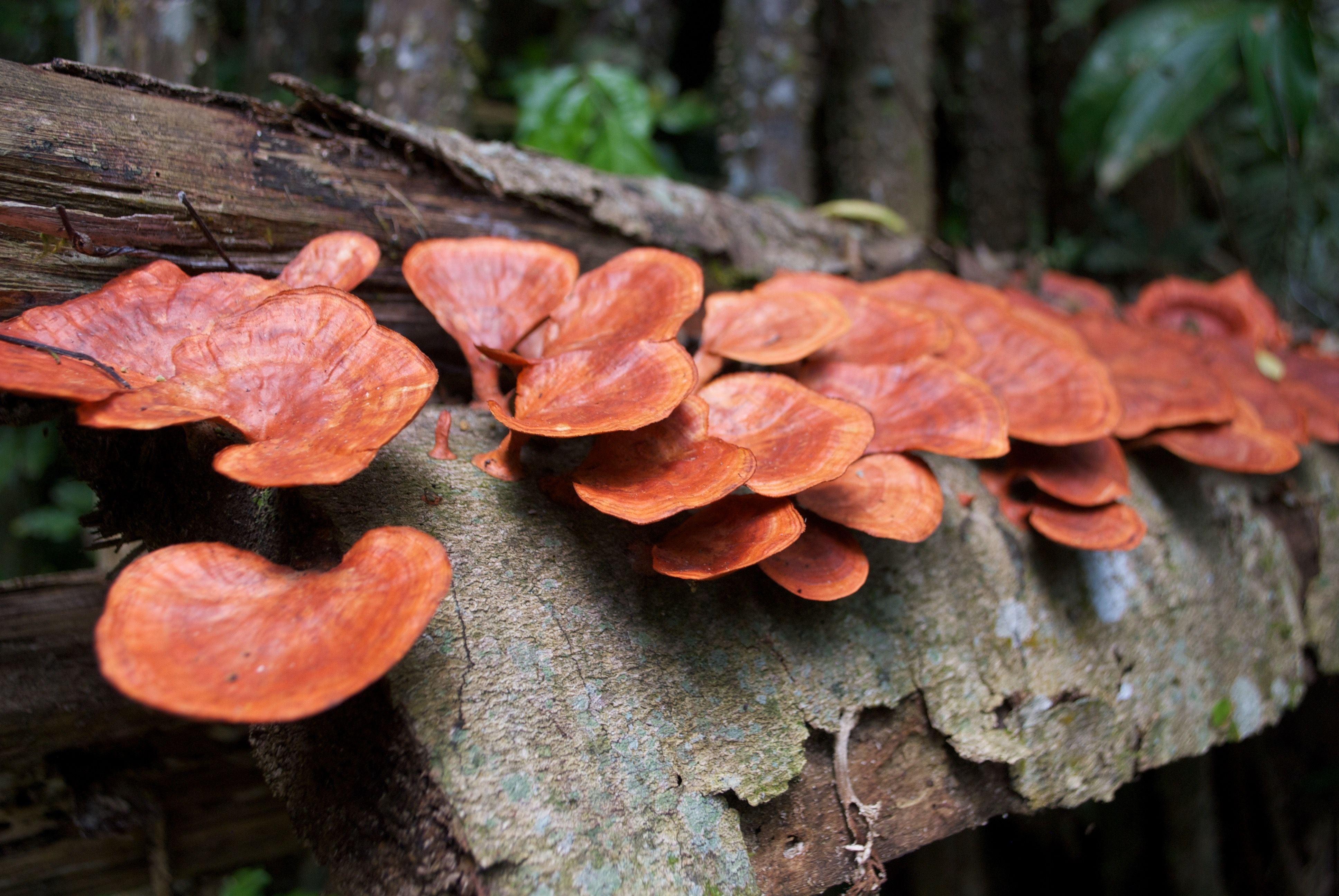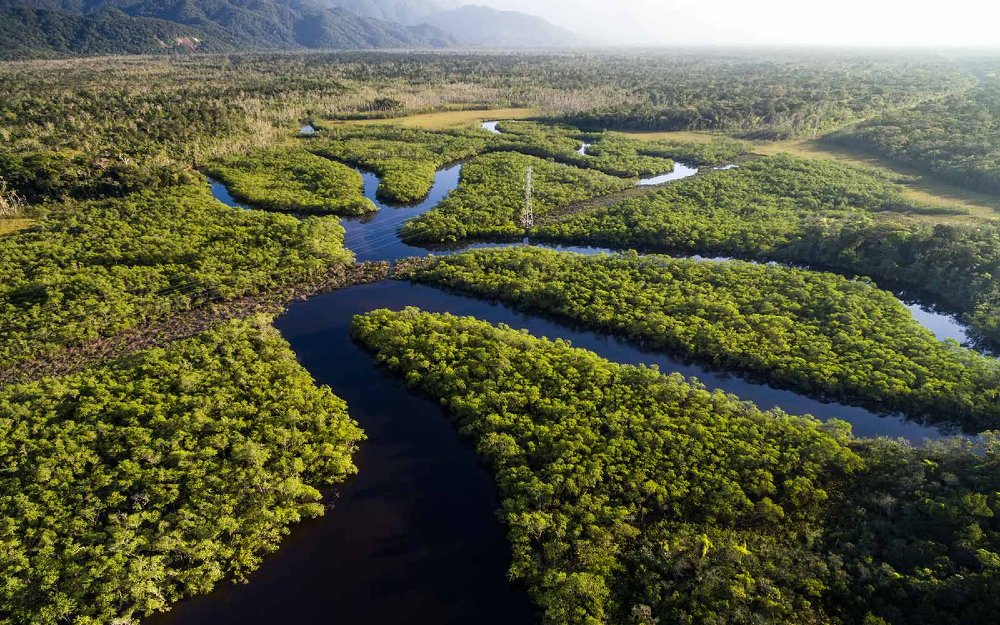Our work in the Amazon forest is pivotal in the race for species conservation. Our teams are creating data-driven solutions for the Amazon’s contemporary threats.
Amazon in Peril
The Amazonian forest covers approximately eight million square kilometers, and it houses some of the most diverse ecological communities on the planet. Named one the largest ecosystems carbon pools on Earth, the Amazon stores around 200 metric gigatons of carbon in its biomass and soils. Moreover, its plant communities help balance the global water cycle, stabilizing rainfall and climate.
Recent headlines have been announcing the devastating fires and deforestation ongoing in the Amazon, which threaten the ecological balance of this system on which humans closely depend.
Devastating fires, coupled with the effects of climate change, have accelerated the pressure to carry out comprehensive assessments of biodiversity and associated ecosystem services in the region. Our teams work in the region to fulfill this important role.

Become a Biodiversity Scientist
Join our IRES Tropical Biodiversity Training Program to study tropical rainforests and organisms. Your adventure will take you to French Guiana, where over 98% of the territory is covered by rainforest.
Ongoing Research
Experts on the Amazon
Media seeking interviews should contact the Marketing & Communications Team.

Support Our Work
Your support helps us to join hands with communities in Amazonia and around the world.